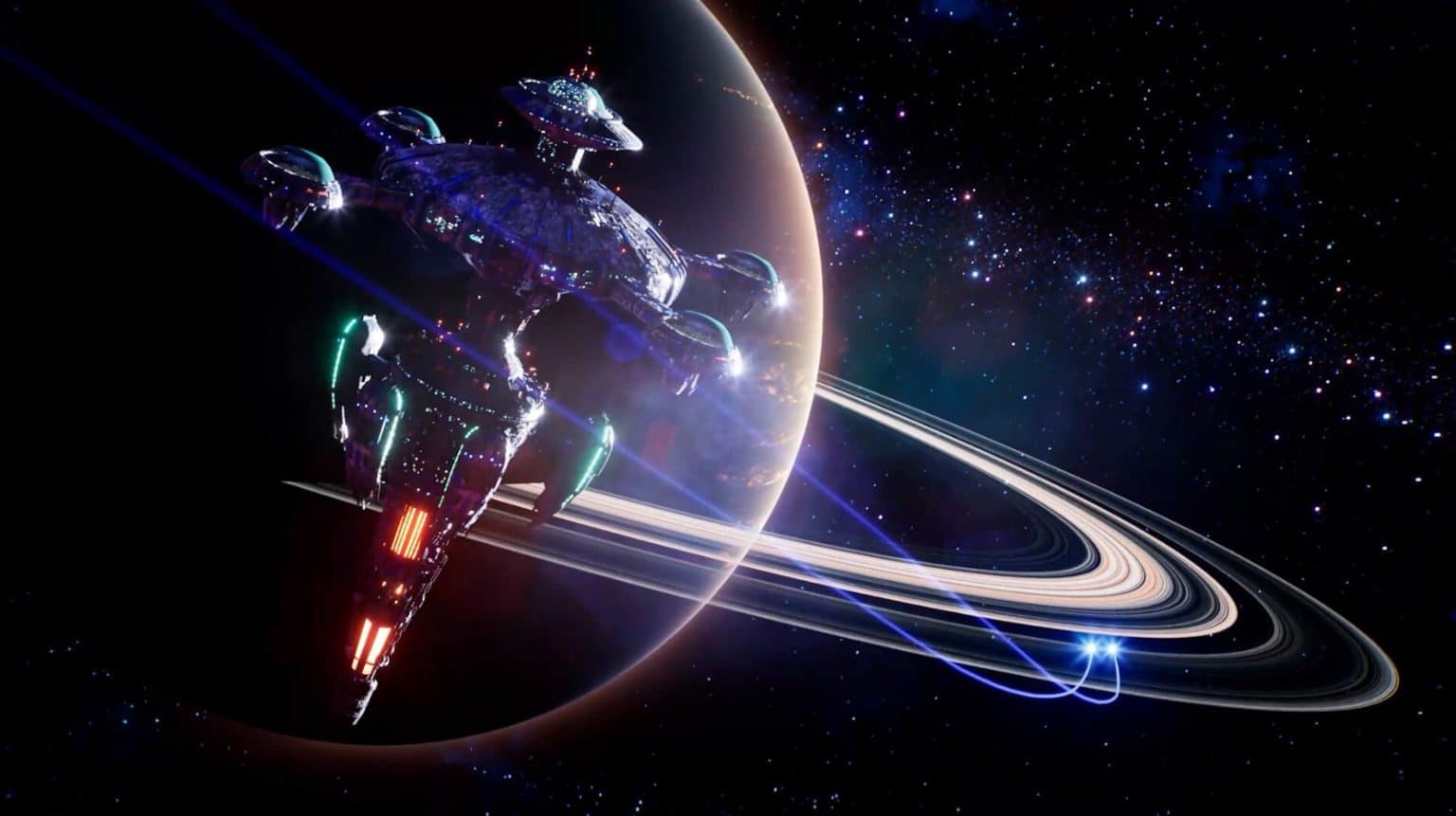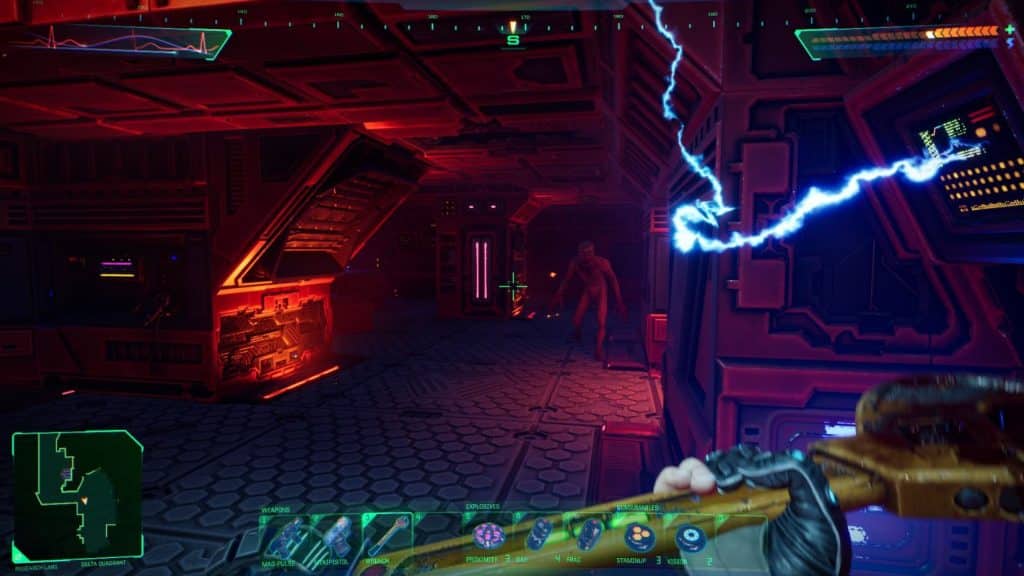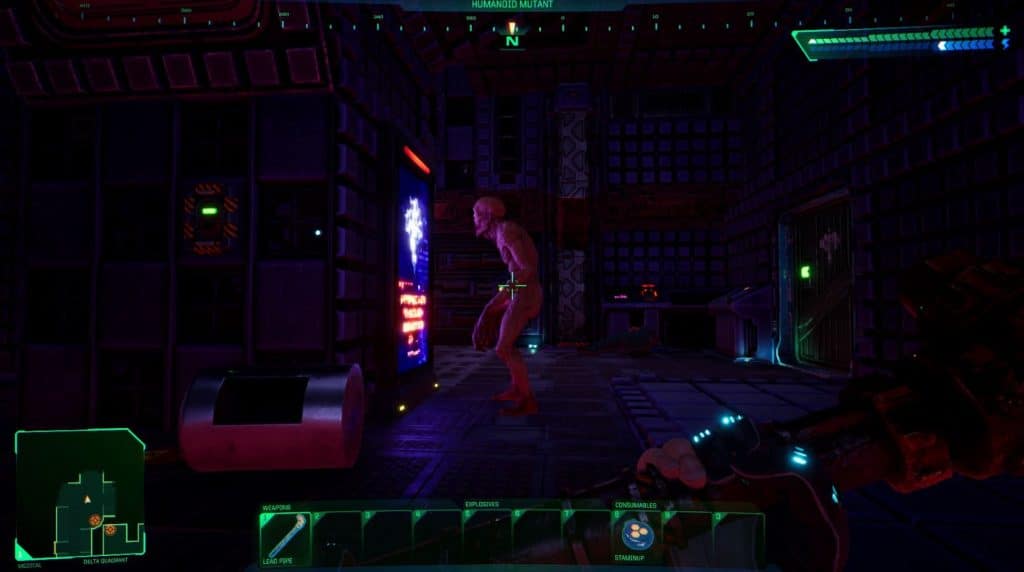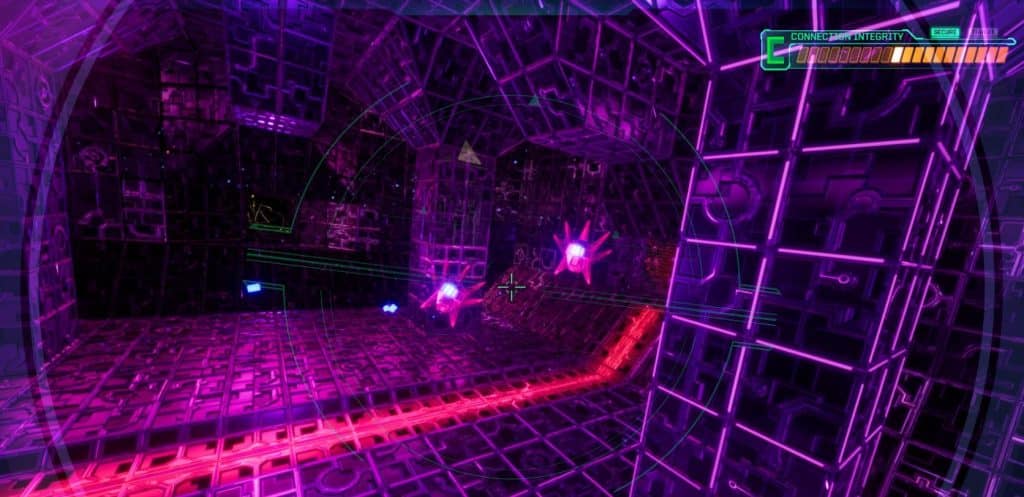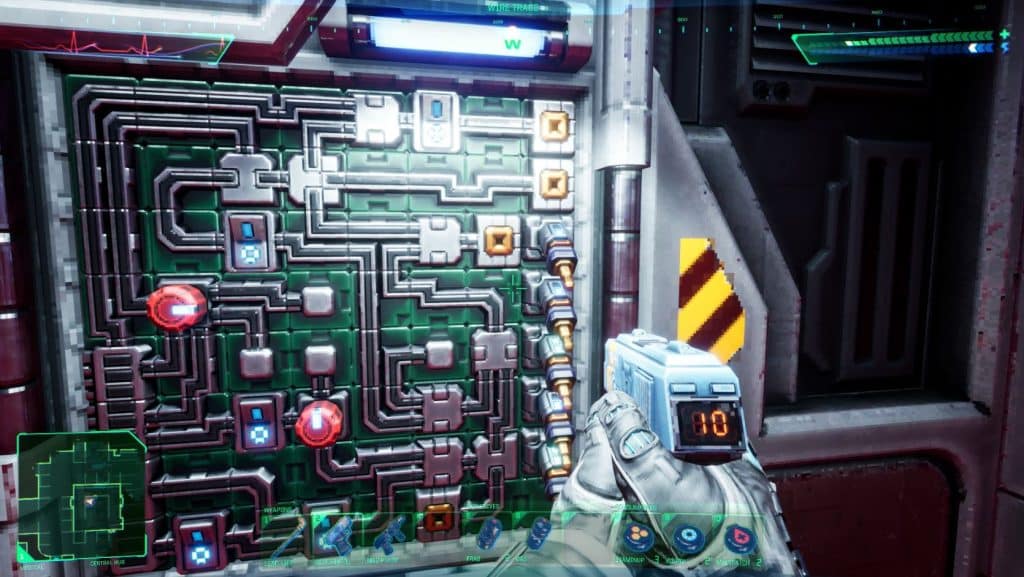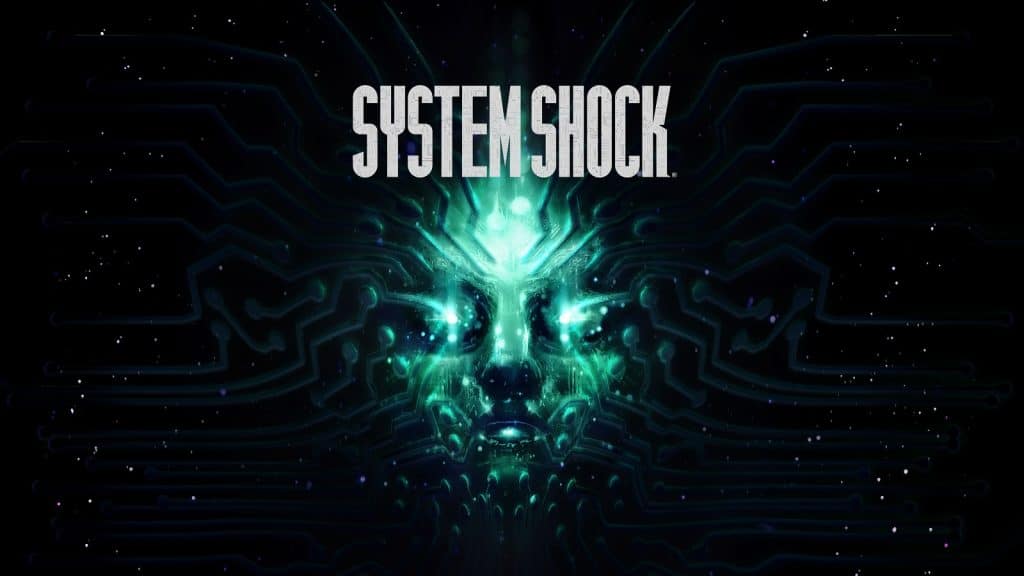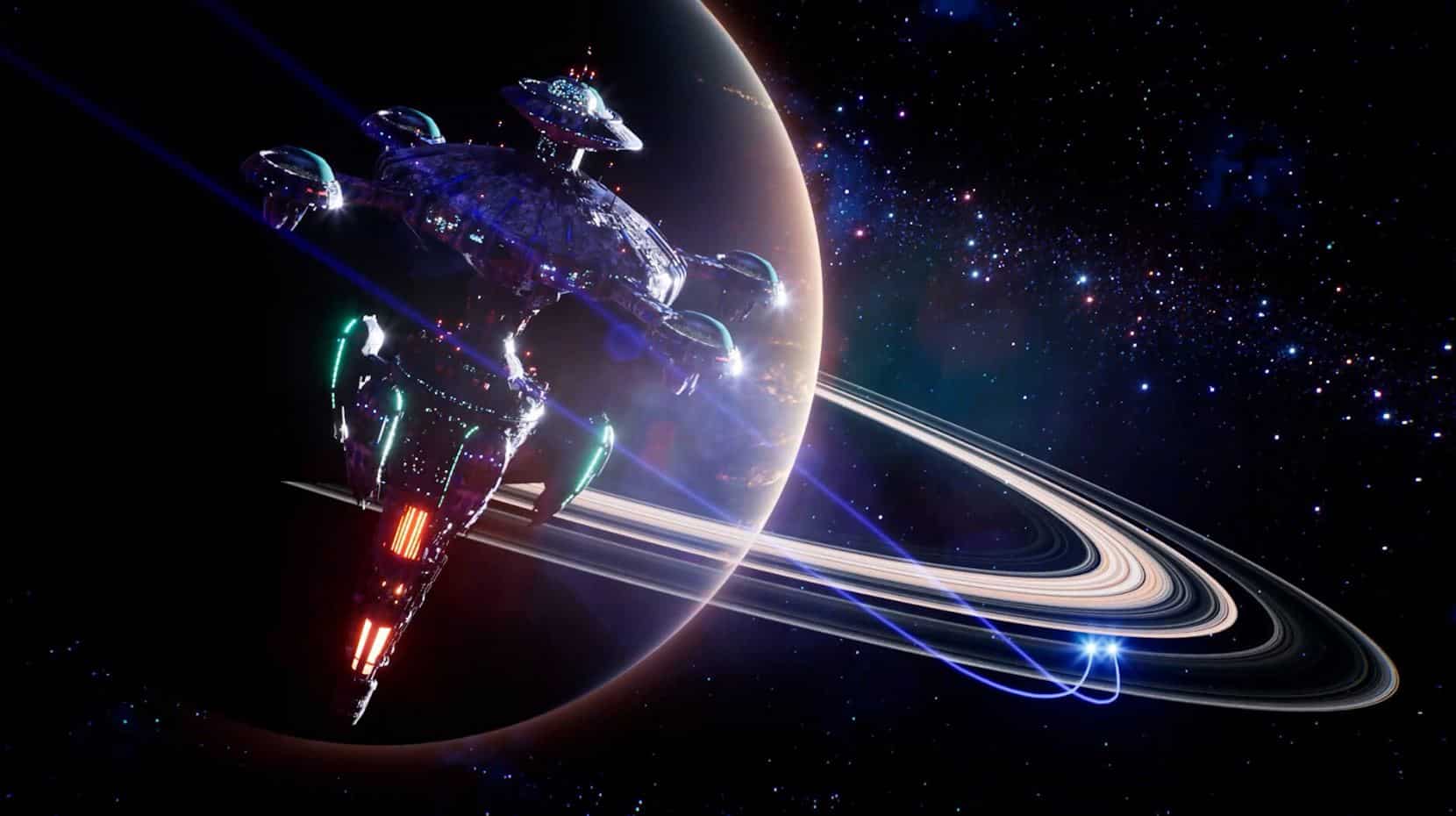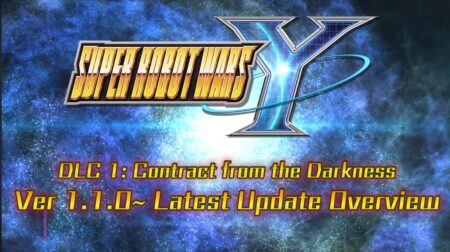As one of the most groundbreaking games of all time which inspired the likes of Bioshock and Half-Life, it’s about time we got a System Shock Remake. The original back in 1994 may not have been a big success in sales but boy did it inspire a lot in modern gaming, even creating one of the most memorable villains of all time. The IP itself was kind of in limbo after the closure of the original developers, Looking Glass Studios, but the license to bring it back to revival was picked up by Nightdive Studios who worked on updates for System Shock 2 back in 2012. While System Shock 3 might never see the light of day, this System Shock Remake may just be what the franchise needs.
The story of the System Shock puts you in the shoes of an unnamed hacker living in a Cyberpunk world who after waking up from cryostasis finds himself trapped in the Citadel Station being controlled by a malicious AI called SHODAN who has either slaughtered its inhabitants or turned them into slaves. While SHODAN’s influence has spread throughout each level in the Citadel Station, you must stop it before it takes control of Earth too. All the while doing all of this despite knowing that what happened to SHODAN is all your fault, as disabling the AI’s ethical parameters at the beginning is what turned it into the monster it is.
From the beginning, you wake up from the Medical Deck, and you have no idea what’s going on or what to do. System Shock doesn’t really give you a main objective instead most of its narrative is told through audio logs and text recordings you find on the Citadel Station. The environmental method of storytelling allows you to explore what happened to its inhabitants as you explore the hallways corrupted by the insane AI known as SHODAN.
The levels in the System Shock Remake are confusing, claustrophobic mazes that are intimidating to navigate and easy to get lost in. Mostly thanks to the game’s rather tough combat, even on normal difficulty, it’s hard to tell what’s waiting on the other corner and if you’re even prepared for it. Exploration and slowly taking your time do come with benefits, as ammunition, items, and other useful components are rather scarce in this game. Combine this with the game’s aesthetic of being stuck in space where no one can hear you scream; it reminds me heavily of Dead Space. Considering that it was originally intended to be System Shock 3, it’s a fitting comparison.
Speaking of which, levels are connected via the elevator, which allows you to move freely in between. Missed an item in the previous level? Go back using the elevator to get it again. It makes traversing around the Citadel Station seamless, so you’re never in fear of missing anything. Enemies, however, respawn in the game, so traveling on the beaten path isn’t completely safe. You can reduce the number of times they respawn by reducing the security level, which entails destroying SHODAN’s numerous cameras.
I loved the puzzles in System Shock Remake, which wonderfully fit the aesthetic of being a futuristic hacker. The junction box puzzles are wonderfully complex and give an immense sense of satisfaction upon solving. And they can really be a brain buster at times which will take some concentration in order to figure out how to solve. You’re also vulnerable while solving them, as I’ve been attacked more than a handful of times by an enemy sneaking up behind me.
The combat in the System Shock Remake is brutal. Enemies hit hard and will deplete your health in a matter of seconds. Ammunition is scarce, and melee combat is a dreadful experience because of how vulnerable it makes you. Not only that but checkpoints are activated via these respawn machines, which can set you back quickly unless you save scum. Though you’ll never actually lose any of your items, and the only consequence is having to backtrack all the way to where you were. Death is cheap in System Shock, so expect to die often. For some, the difficulty can be a frustrating experience, even on normal difficulty, but the game does allow you to tone it down if you’re having trouble.
In System Shock, the entire space station is hostile to you, and anything that moves, and even some that don’t, are an enemy. You have a variety of vicious cyborgs, robots, and mutants that roam around the halls. Equally, you have just as much equipment to deal with them, even if it’s scarce. Weapons can have different ammunition types which are effective against certain enemies. I found it challenging to maintain equipment as I frequently ran out of ammo, forcing me to conserve and use melee whenever I could get away with it. The option to sneak around does exist, which helps when you’re on low supplies.
While I found the game’s combat and emphasis on resource management to be fun, I wasn’t overly fond of going into Cyberspace which is the other half of the gameplay. I felt like this kind of broke the game’s pacing as it transferred from the careful dread of roaming in the halls of the Citadel Station to a faster-paced shooter where you fly around in a neon-colored environment maneuvering through polygons. I didn’t find it as enticing to play through, and I never felt excited to go into Cyberspace when I had to.
Inventory management can be cumbersome, especially at the beginning of the game. You can pick up almost anything in System Shock, even junk. You can then trade this junk for coins which you’ll use for vending machines that let you buy items like ammo, health restoration, etc. However, it also comes with some realism, so when you drink health items like canned drinks, their container is left on your inventory, and you must manually throw it out. And opening the inventory doesn’t pause the game, so you’re vulnerable to attacks while looking through it.
The System Shock Remake takes a few steps to make the game more accessible to players than the original 1994 game. Here, you can revive back into the closest restoration station instead of a straight-up game over if you haven’t activated one in your level. There’s now a more forgiving limit to enemy respawns, saving up on some ammunition when you’re backtracking. The game even offers a lot of difficulty control at the beginning allowing you to create your own experience.
Despite the improvements, the System Shock Remake isn’t all that easy to get into as it doesn’t hold your hand when it comes to learning so many aspects of the game. It encourages you to explore what you can do, but this can often lead to misunderstanding or even missing out on several mechanics in the game. I didn’t even know how to take advantage of the implants you collect until I explored my inventory and realized you had to activate them manually.
I have a modest gaming PC and can still run the System Shock Remake on high settings with my RX 5500 XT. I ran things without problems, and the frame rate never dipped, so this game is wonderfully polished on PC, even on launch date. Considering the disastrous PC ports we’ve had lately in 2023, this was a pleasant surprise. Admittedly the game’s graphics aren’t groundbreaking, but it’s a massive step above the 2D sprites of the original.
The System Shock Remake wonderfully introduces players to a modern interpretation of an original classic that was hard to get into for most players. Fans of Dead Space, Resident Evil, and the like will love this game which is why we highly recommend it. Whether you’ve played System Shock before or if this is your first time, this remake offers a fantastic experience.



